The effect the Great Heat Wave of 2018 has had on the summer shows in Europe should be documented for the sake of future researchers. Julien Dossena’s superb collection for Paco Rabanne would make an exemplary study of climate on creative fashion intelligence: how skillfully a talented designer captured the universal impulse to get away from cities, took on the mix-match hippy-souvenir aesthetic, and modernized it. “I didn’t really get enough time away,” he said, “so I thought more about inner travel—in the mind. About a wardrobe of someone’s souvenirs mixed with her own classics.”
It was obvious that Dossena did not spend all summer lounging on a beach, because there was so much sophisticated work, thought, and variety in the long, slim, deftly layered silhouettes. It was an amazing composite of slip dresses, narrow sarongs, fine Lurex T-shirts, dresses over skinny trousers, and checked tailoring. The chain mail of Paco Rabanne was printed with hibiscus flowers and variants in Indian woodblock patterns on dresses and tops; the circular metal, chain-link technique turned into over-layered shifts, one of them jeweled with crystal.
The level of technical finesse was even more astonishing backstage—some of the chain mail had Chantilly lace merged into it so that a dress could go from ’60s futuristic at its top to fragile French lingerie in its skirt. Decade traveling in one garment. Couture-grade.
Around the necks of some of the girls were strung collections of gold medallions (multiple chains are a thing this Paris). That’s where Dossena linked with another level of connection with Paco Rabanne: “He was quite mystical, in fact.” Beyond the Space Age ’60s stereotypes we associate with Rabanne, he believed in the existence of spiritual forces beyond the stars.
Perhaps this is another reason Dossena’s collection chimes with these modern times, when escapism for young people is also tending toward spiritual practices as a way out of here. Western designers have tapped into these same vibes down the generations in anxious political times: Yves Saint Laurent in the 1970s, Jean Paul Gaultier in the 1980s, and Dries Van Noten from the 1990s to now.
Corralling prints, shapes, and knitting patterns from the hippie trail is, let’s face it, tricky on so many levels. Dossena had thought that through. He was careful “not to be literal, but I grew up going to Morocco, and in the 1980s, we had this sense of the world opening.” Perhaps this collection marked a point where a conflagration of contemporary pressures, echoes from a radical alternative past, and a sybaritic impulse to run away all came together in the head—and the studio hands—of one very clever designer. When it was roughly 100 degrees outdoors.



















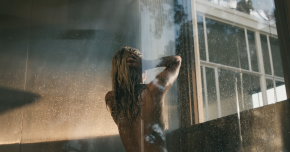
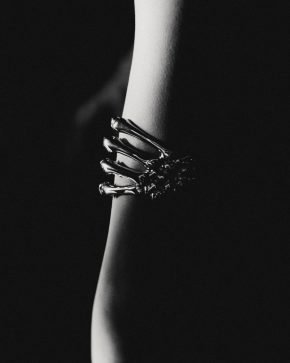
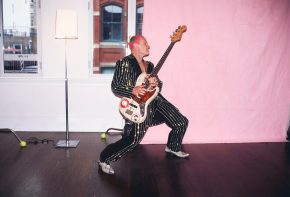
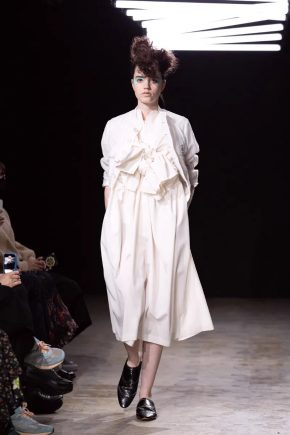
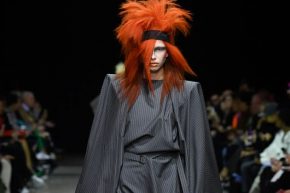
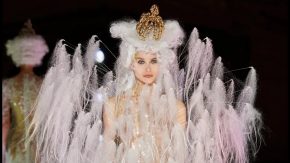
Comments